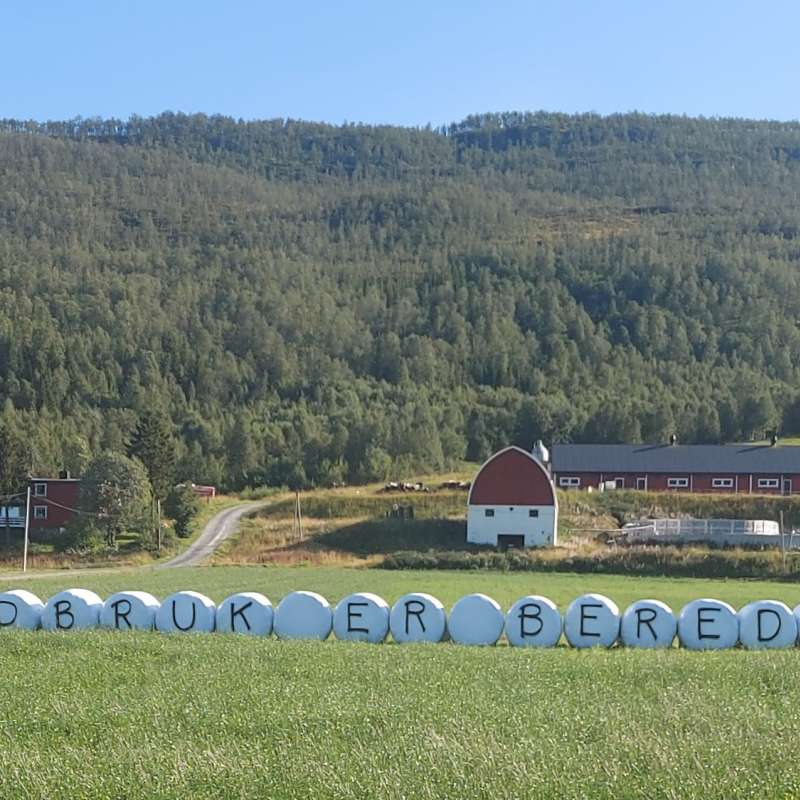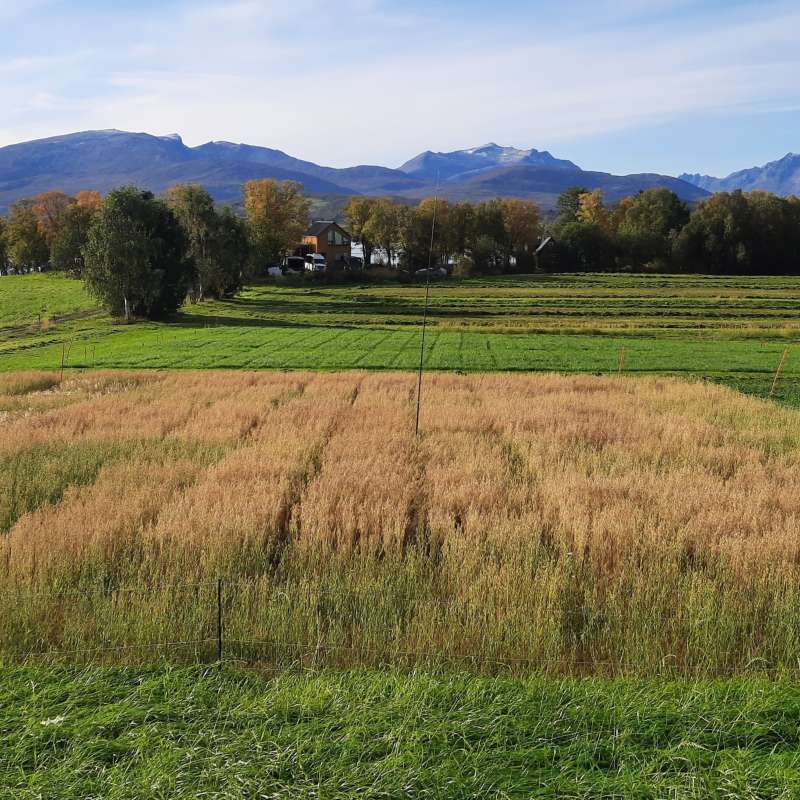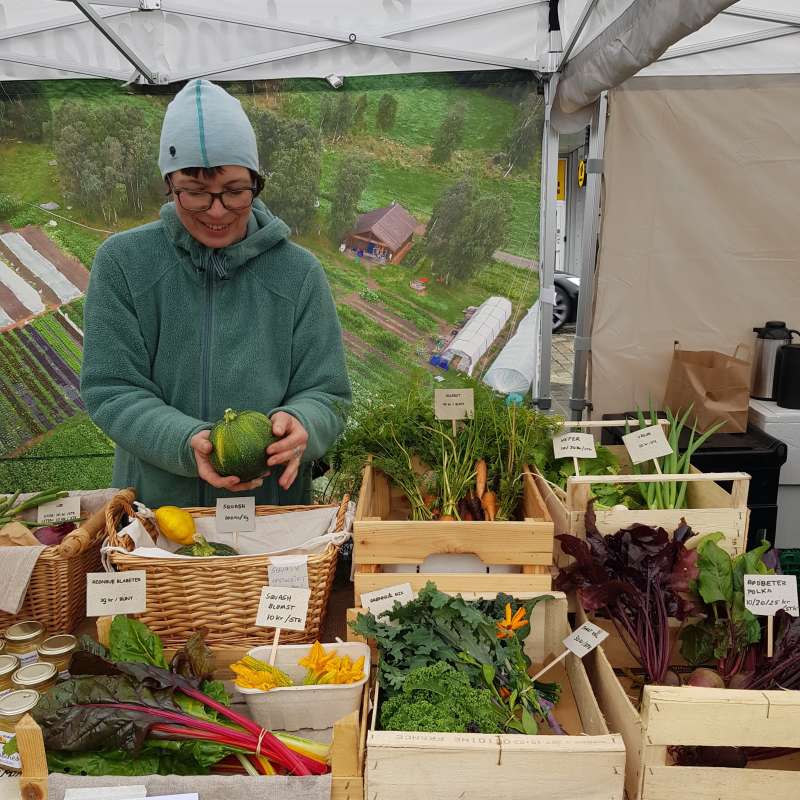Hilde Halland
Forsker
Sammendrag
Jordbruk lange tradisjoner tradisjon i samiske områder, og spiller en viktig rolle for å opprettholde samisk språk, kultur og levedyktige lokalsamfunn. Dette er det forsket lite på. Vi spør; hva kan det innebære å forske på nordnorsk jordbruk og lokalsamfunn fra et samisk ståsted?
Sammendrag
Rapporten undersøker relasjonen mellom bærekraftige lokalsamfunn og landbruk, med særlig fokus på arktisk landbruk. Med utgangspunkt i en litteraturstudie og innspill fra faglige møteplasser (2023–2024) viser rapporten at lokalsamfunn gir infrastruktur, tjenester og sosiale nettverk, mens landbruket bidrar med sysselsetting, beredskap, kulturlandskap og kulturell verdi – også i samiske lokalsamfunn. Litteraturstudien viser at vi må forstå hvordan landbruk og lokalsamfunn henger sammen for å kunne møte utfordringene i det arktiske landbruket. Rapporten peker også på utfordringer, blant annet strukturendringer, svake økonomiske marginer, fraflytting og sårbar logistikk. Studien viser at vi trenger mer kunnskap om samspillet mellom landbruks- og distriktspolitikk, samisk jordbruk og lokale perspektiver på nærings- og samfunnsutvikling. Rapporten setter søkelys på behovet for en mer helhetlig politikk, sterkere praksisfellesskap og regionale matsystemer for å sikre robust matproduksjon og livskraftige steder i nord.
Sammendrag
Det er ikke registrert sammendrag

Divisjon for matproduksjon og samfunn
Resilient North - matproduksjon, matsikkerhet og folkehelse i Nord-Norge
Prosjektet Resilient North har som mål å skaffe mer kunnskap om sammenhengen mellom mat, miljø og folkehelse i Nord-Norge i lys av et endret trusselbilde i nordområdene. Denne kunnskapen skal bidra til at landsdelen og Norge blir bedre rustet til å håndtere ulike situasjoner og endringer som kan oppstå.

Divisjon for matproduksjon og samfunn
OatFrontiers
OatFrontiers er et Interreg NPA (Northern Periphery Arctic program) prosjekt, og har som mål å forbedre mulighetene for havredyrking i NPA-området. Prosjekt perioden er fra 2024 til 2026. OatFrontiers koordineres av Luke i Finland.

Divisjon for matproduksjon og samfunn
The role of diversified small-scale horticulture in a transition towards more sustainable food systems with healthier diets (SmallHort)
The aim of the project is to explore how food systems based on diversified small-scale horticulture can be developed to become more economically, socially and environmentally sustainable while also increasing in scale. This will provide benefits to nature, environment and public health.

Divisjon for matproduksjon og samfunn
Betydningen av mangfoldig småskala-hagebruk i en omstilling mot mer bærekraftige matsystemer og sunnere kosthold
Målet med prosjektet er å utforske hvordan matsystemer basert på småskala hagebruk kan utvikles til å bli mer økonomisk, sosialt og miljømessig bærekraftige og samtidig øke i omfang, noe som vil gi fordeler både for natur og miljø og folkehelse.
